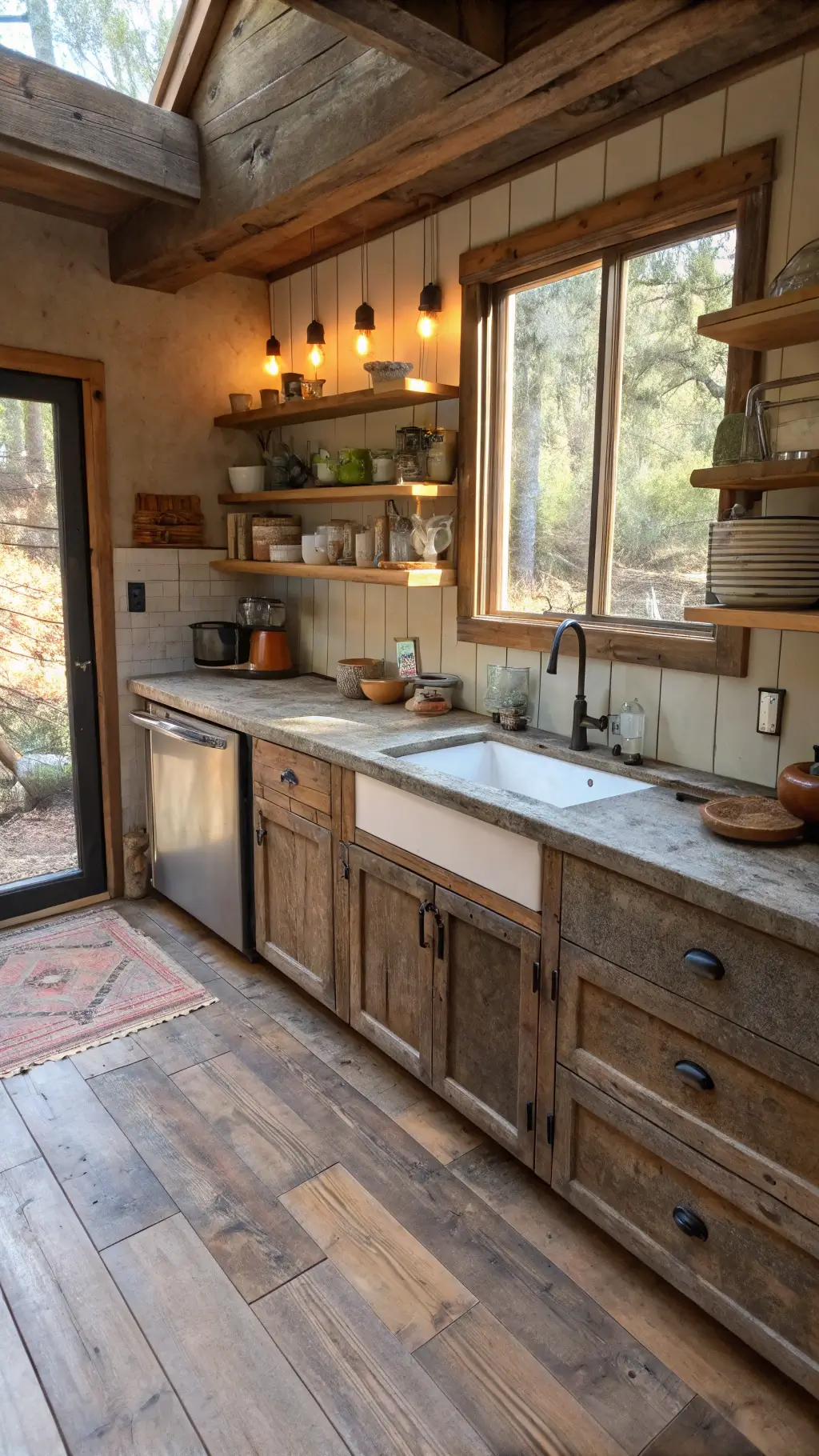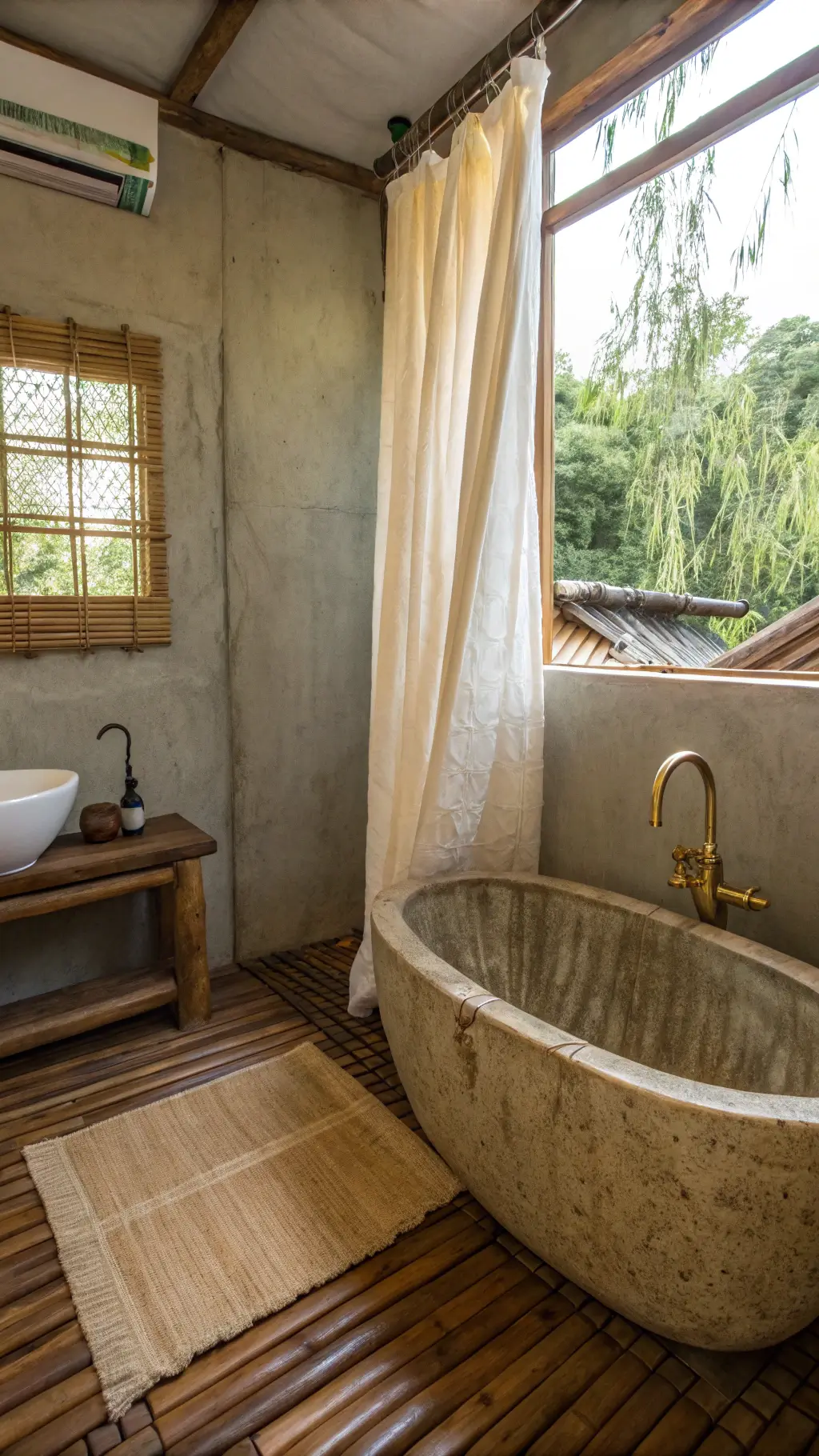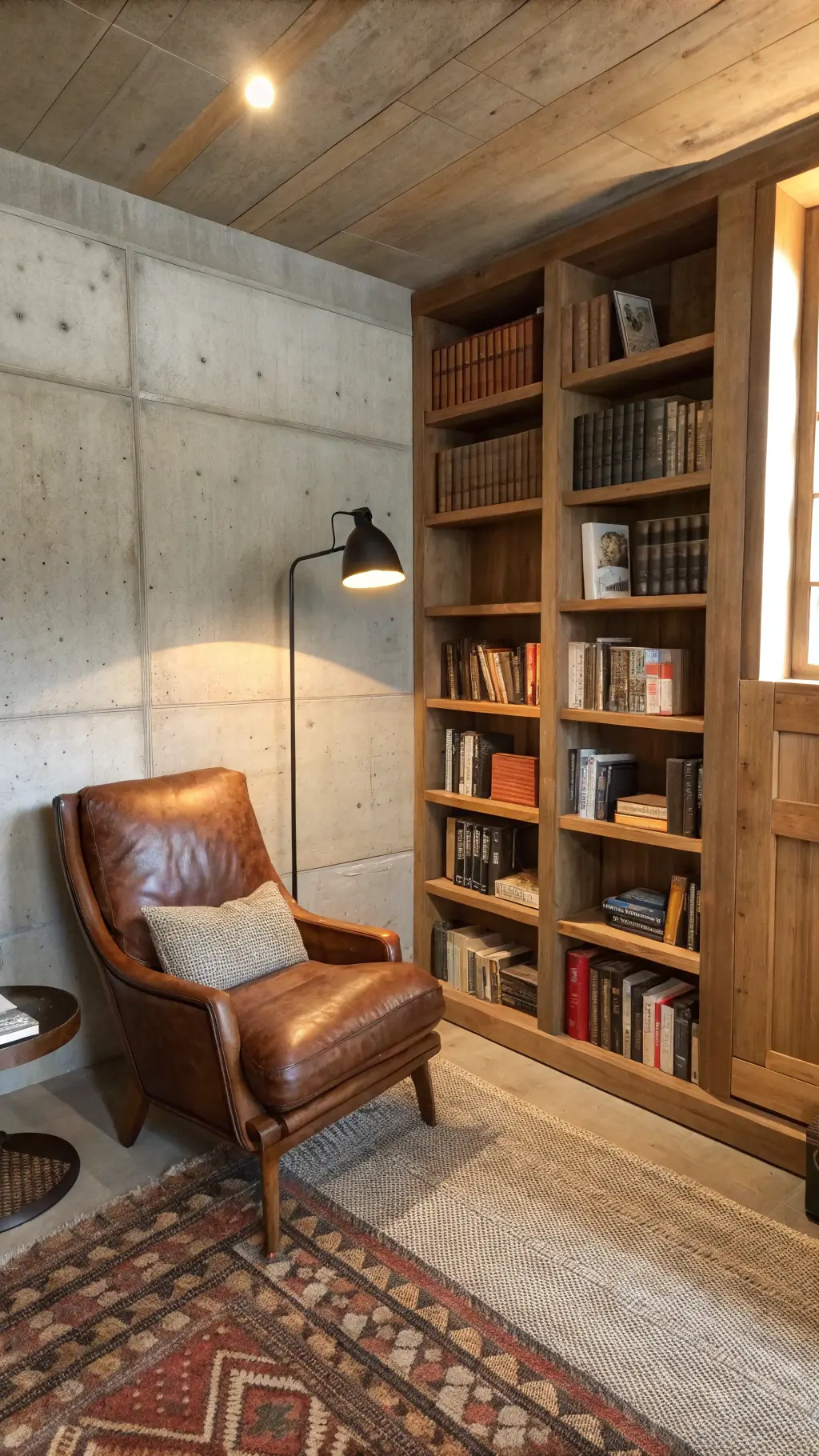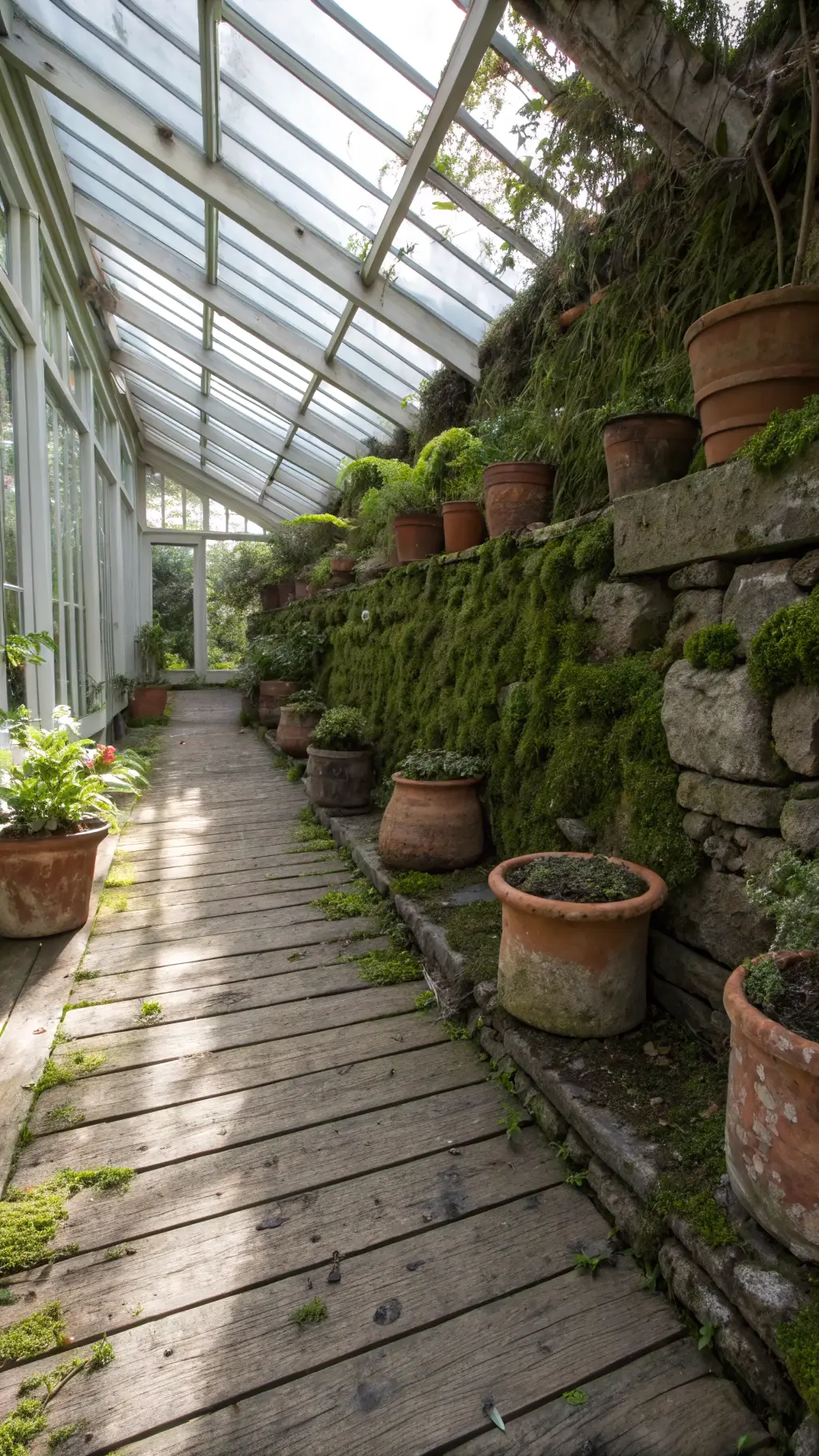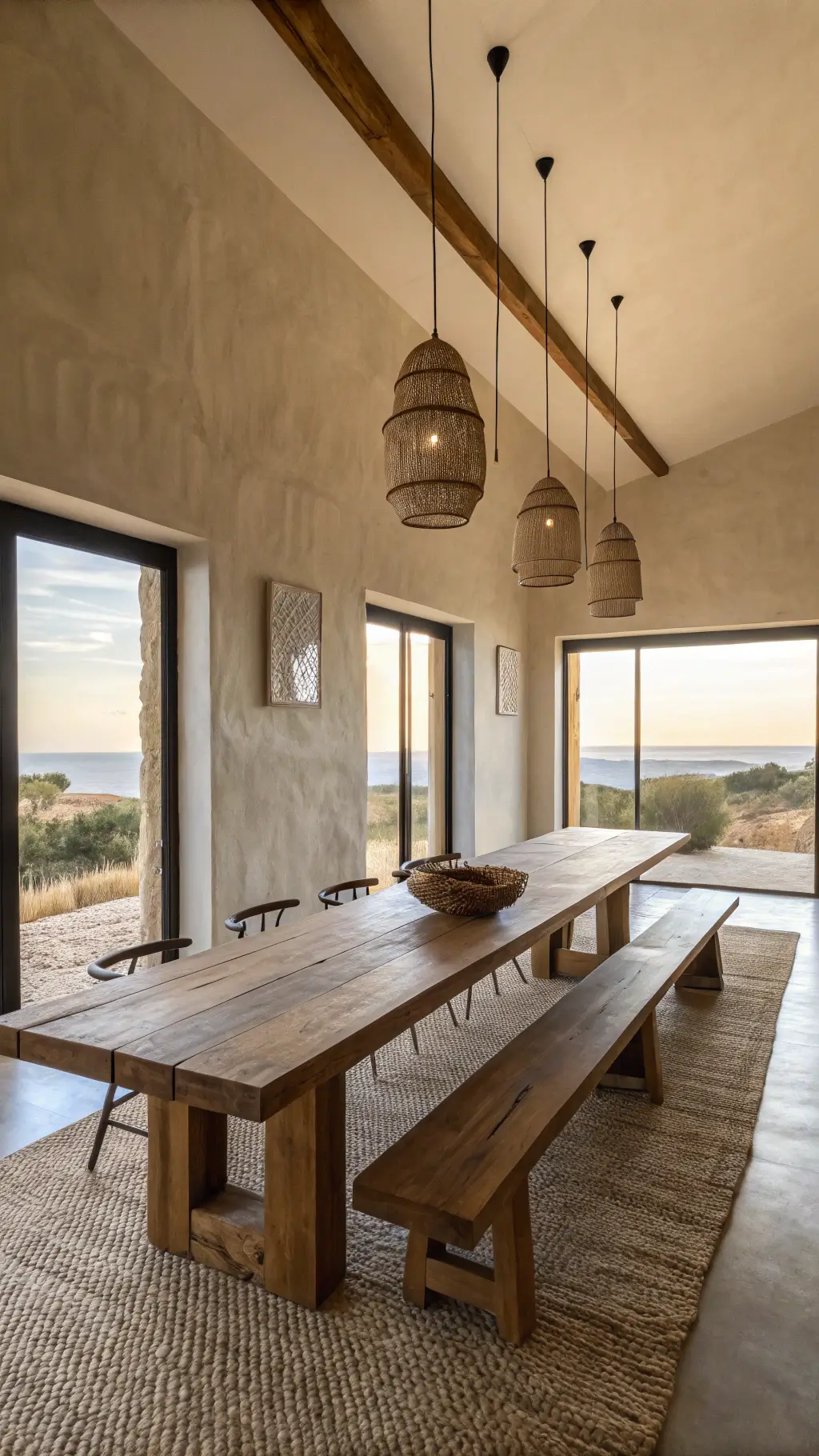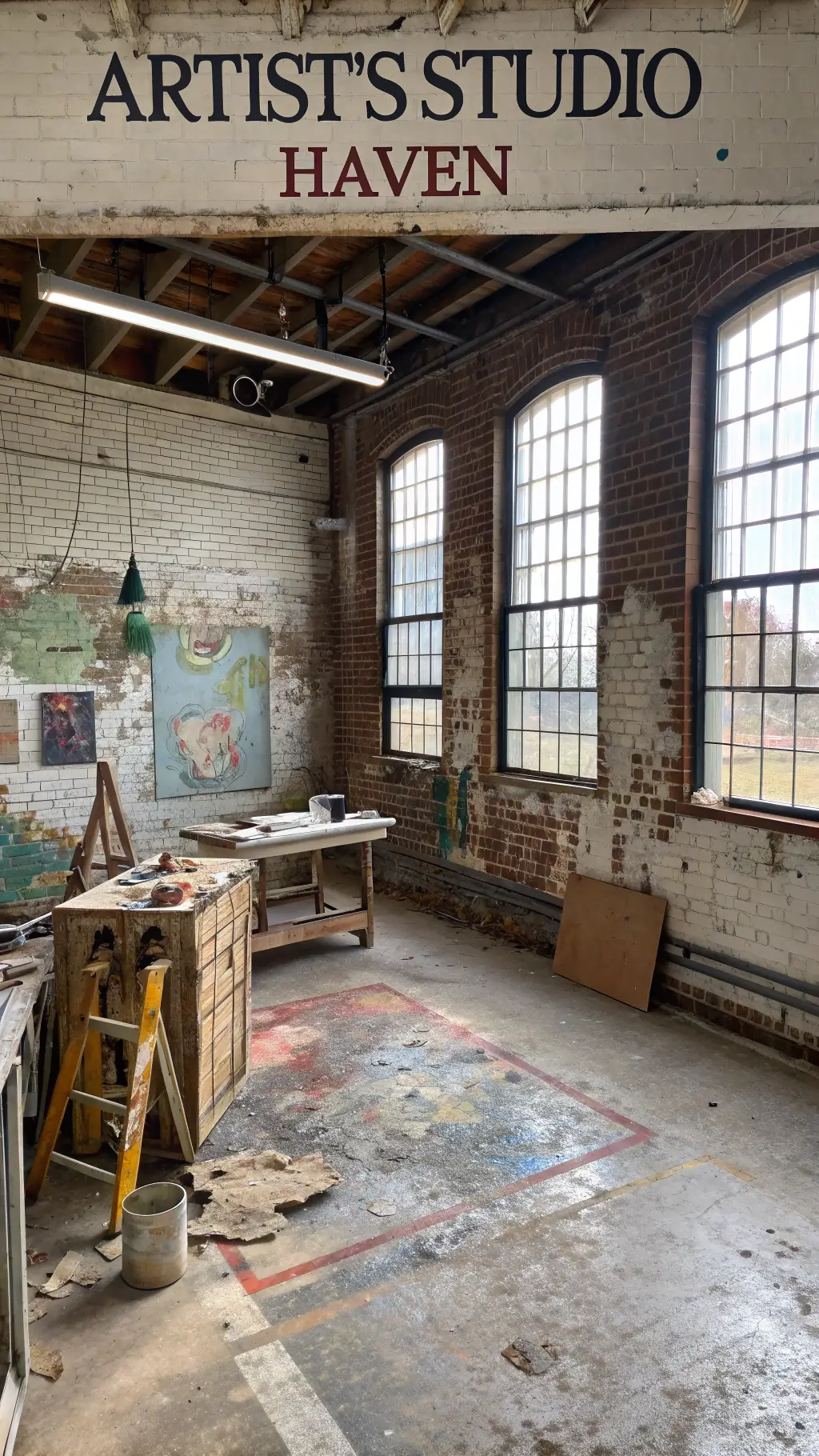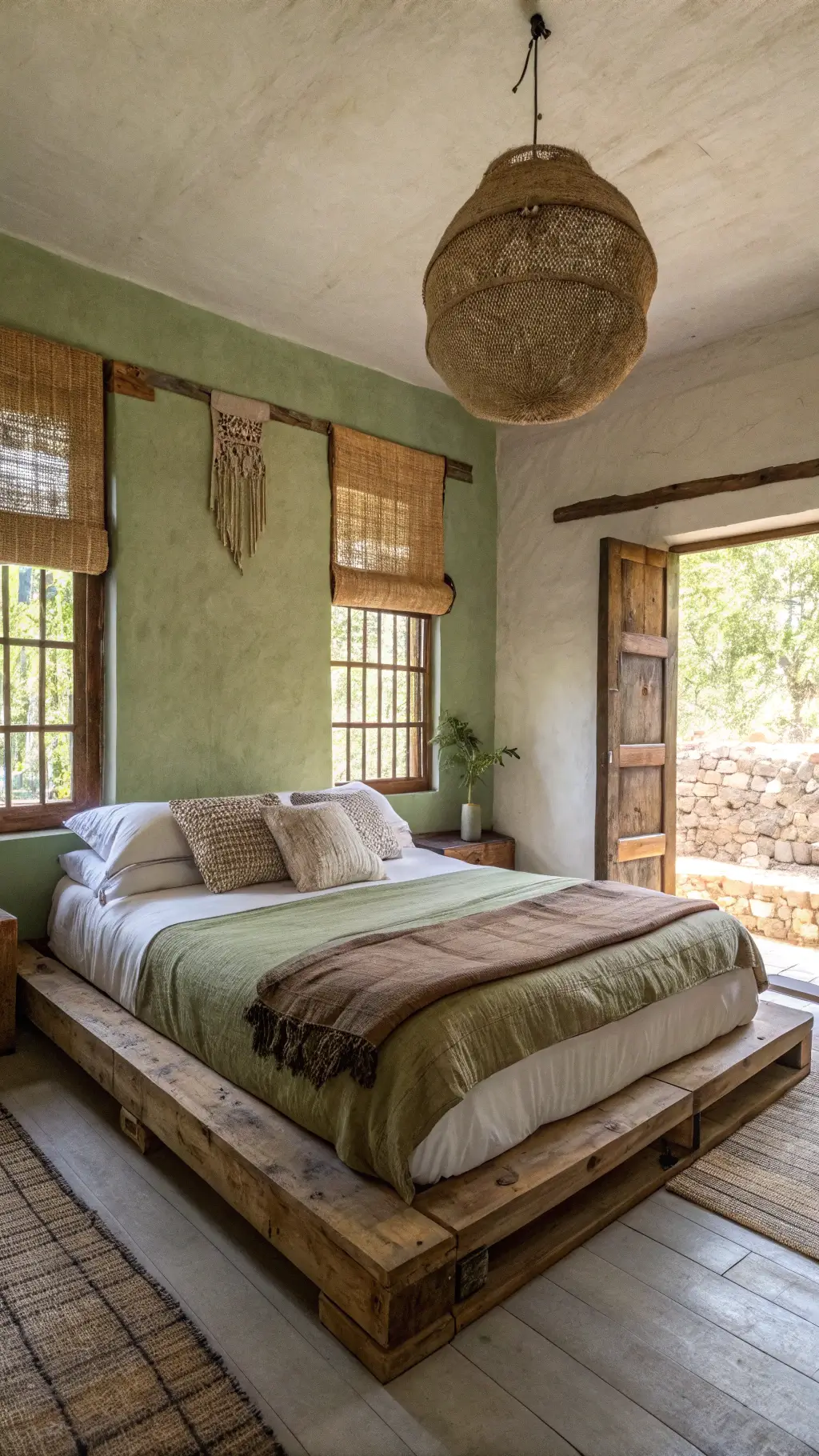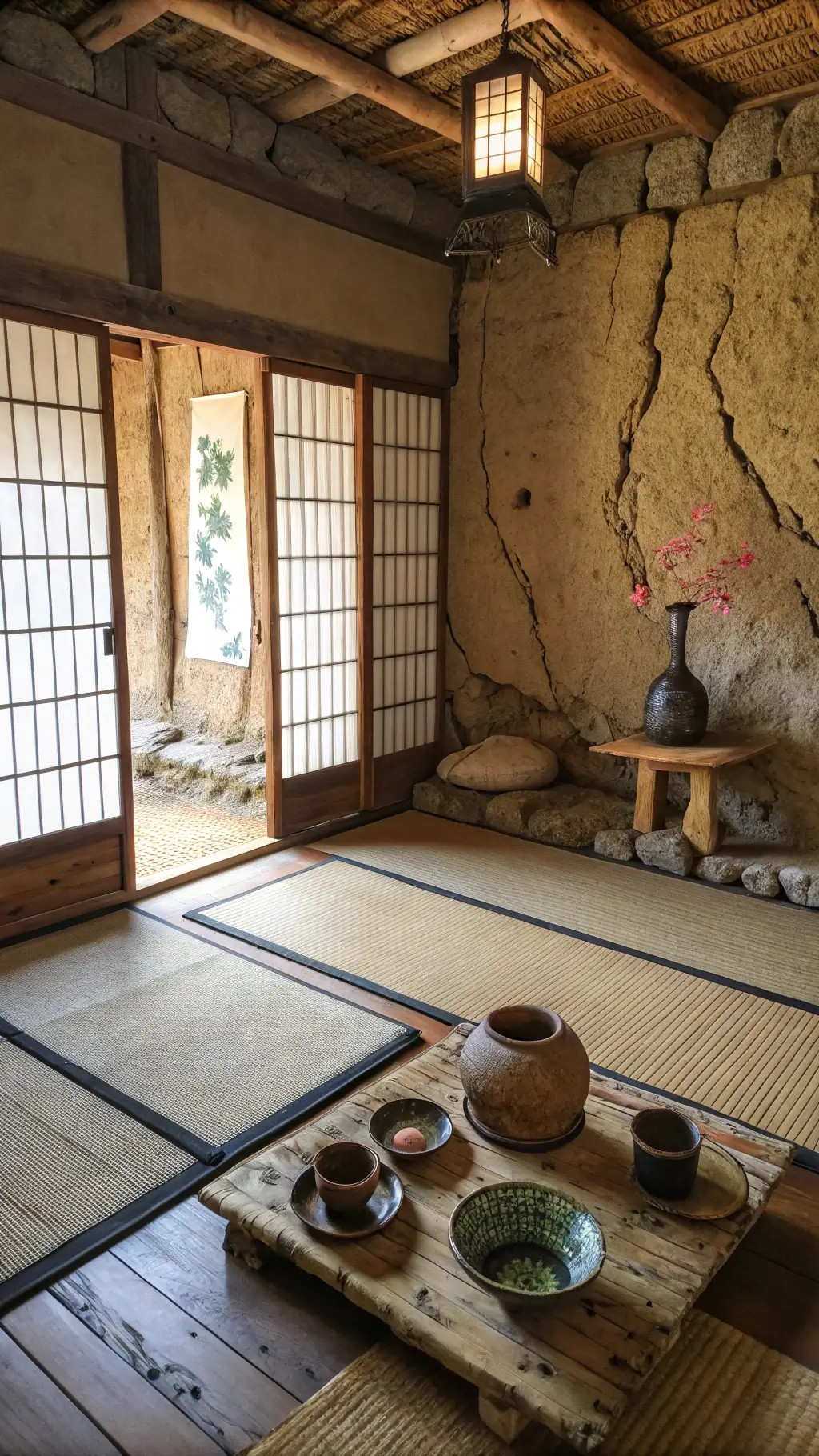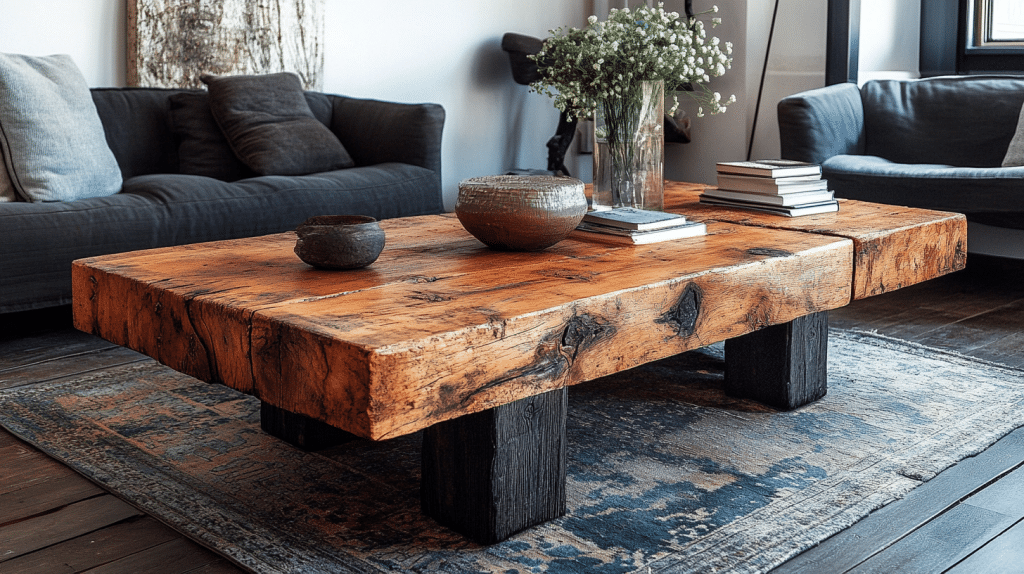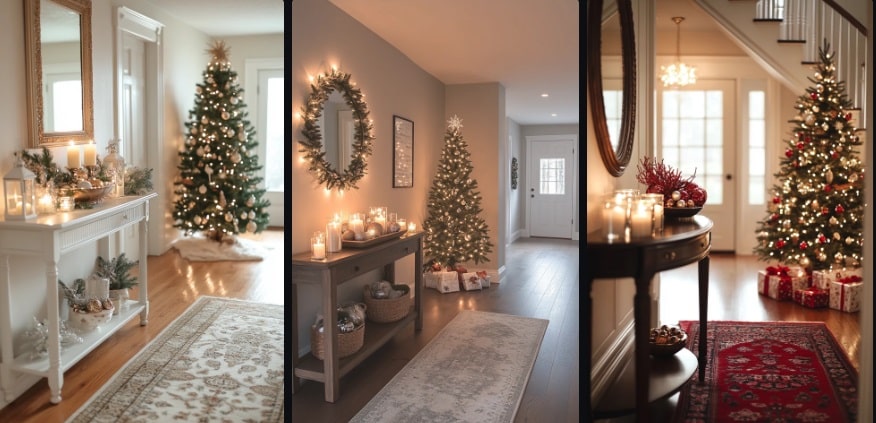What Exactly is Wabi-Sabi Architecture?
Wabi-sabi is more than just a design trend. It’s a profound Japanese philosophy that celebrates:
- Imperfection as beauty
- Natural aging processes
- Authentic architectural experiences
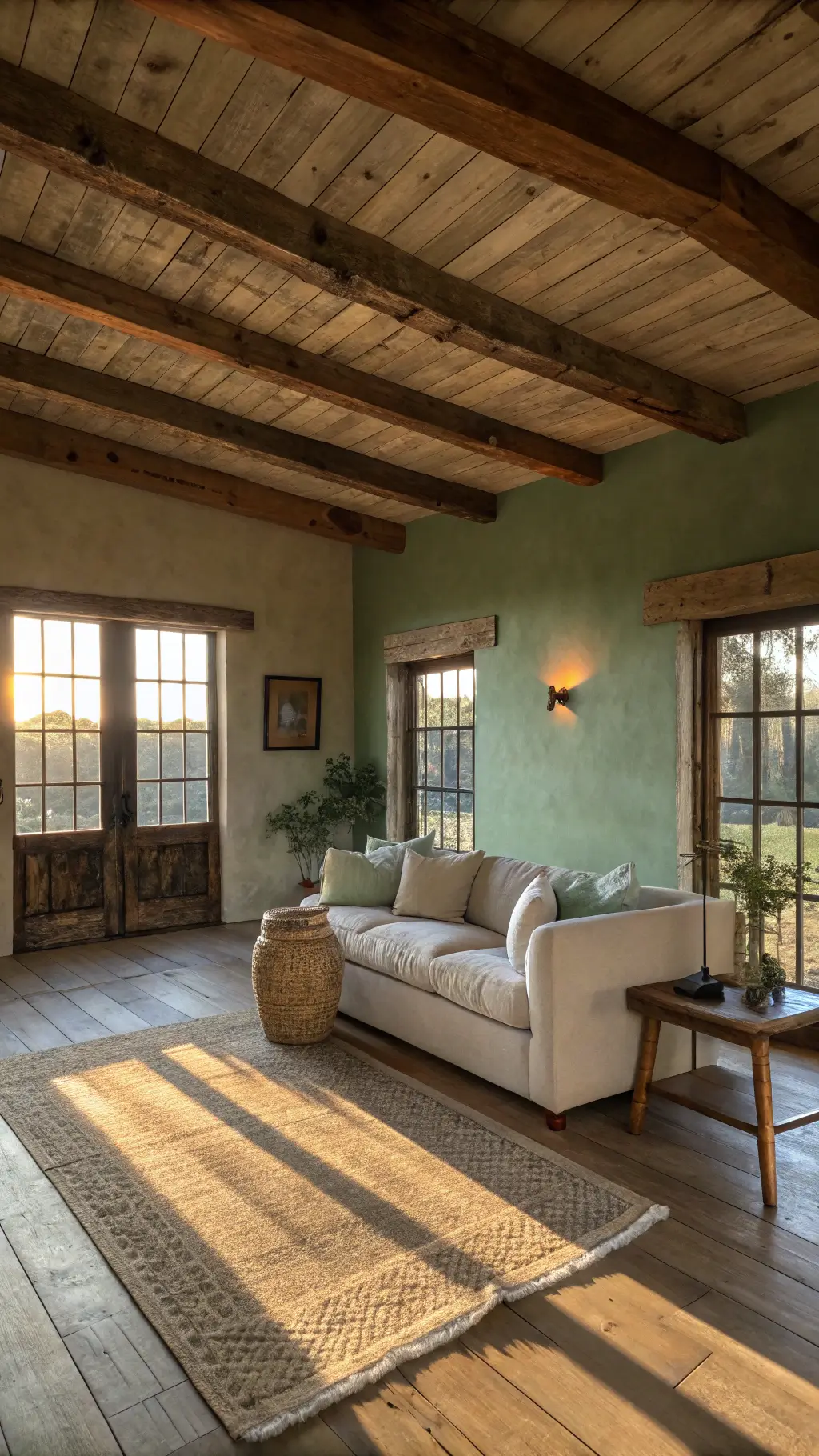
The Core Principles: Beyond Perfect Lines
Natural Materials Take Center Stage
I’ve seen countless sterile, polished spaces. Wabi-sabi is different. It embraces:
- Rough-hewn wood
- Unpolished stone
- Hand-crafted ceramics
- Weathered metals
Color Palette: Earthy and Understated
Forget bright whites and sharp contrasts. Wabi-sabi’s colors whisper:
- Soft moss greens
- Muted grays
- Warm beiges
- Gentle browns
Architectural Elements That Define Wabi-Sabi
Asymmetry and Organic Forms
Traditional architecture demands perfect symmetry. Wabi-sabi laughs at such rigid rules:
- Intentionally uneven lines
- Handcrafted, irregular shapes
- Structures that feel alive and breathing
Blurring Indoor and Outdoor Boundaries
Imagine walls that seamlessly merge with landscapes. Wabi-sabi does exactly that:
- Large windows capturing natural light
- Indoor gardens
- Materials that echo surrounding environments
Iconic Examples That Inspire
Ise Grand Shrine: Ritual of Impermanence
Built from untreated wood, this shrine is rebuilt every 20 years. Why? To honor life’s transient nature.
Tadao Ando’s Minimalist Masterpieces
Ando, a legendary architect, embodies wabi-sabi:
- Raw concrete surfaces
- Plays of light and shadow
- Structures that seem to grow from their landscapes
Modern Applications: Beyond Traditional Spaces
Wabi-sabi isn’t just for traditional Japanese buildings. Today, it influences:
- Contemporary homes
- Sustainable restaurants
- Mindful commercial spaces
Why Wabi-Sabi Matters in Our Perfect-Obsessed World
In an era of filtered Instagram perfection, wabi-sabi reminds us:
- Beauty lives in imperfection
- Time adds character, not just age
- Authenticity trumps flawlessness
Practical Tips for Embracing Wabi-Sabi in Your Space
- Choose natural, unfinished materials
- Avoid over-polishing surfaces
- Welcome signs of gentle wear
- Incorporate asymmetric furniture
- Use soft, earthy color palettes
The Philosophical Depth: More Than Just Design
Wabi-sabi isn’t just about looks. It’s a worldview that teaches:
- Acceptance of life’s impermanence
- Finding beauty in simplicity
- Respecting natural processes
A Final Thought
Wabi-sabi architecture whispers what we often forget: perfection is overrated. True beauty is raw, honest, and wonderfully imperfect.

